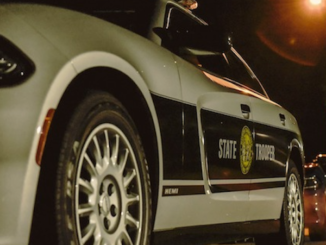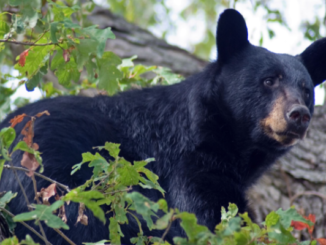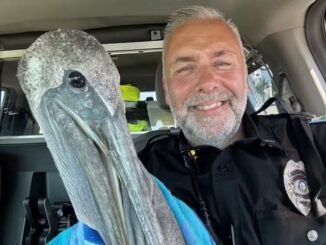
September and October are often big times for cleaning yards, especially after storms, and cleaning up can often mean finding copperhead snakes.
The venomous snakes are native throughout the state, form the salt marshes to the mountains. Copperheads grow two to three feet in length, and are typically thick-bodied. Their striking coloration is the usual identifier for copperheads: light brown, coppery or tan (sometimes grayish or pinkish tan) background color, with contrasting reddish-brown crossbands shaped like an hourglass or dumbbell, narrow in the center of the back and wide along the sides. The snakes’ patterns may vary by individuals, with the bands broken along the center, with some having small dark spots between the bands—but nearly all copperheads have at least some complete, hourglass-shaped crossbands.
Copperheads prefer thick forest litter, such as pine straw and leaves, both for habitat and for nesting. Copperheads mate in the spring and fall, and give live birth to as many as 20 at a time.
The Wildlife Resources Commission reports that 90 percent of snake bites in North Carolina are attributable to copperheads. Unlike cottonmouth moccasins, which can be aggressive, or rattlesnakes with their signature warning systems, copperheads rely on camouflage for stealth and safety. As such, humans might not see a copperhead before it strikes a foot or hand.
The WRC said that many copperhead hits come from people trying to capture or handle the snakes.
Many bites are “dry”, the WRC said. Striking snakes need their venom to kill prey, so they often do not inject poison when they strike, causing what’s referred to as a dry bite or strike. Young copperheads who are learning to control the venom output often pump more venom into a bite than a grown snake trying to warn a potential threat.
Scientists are trying to determine whether copperheads actually emit a musk that reportedly smells like cucumbers. Some bite victims as well as observers of the snakes report smelling the scent just before seeing a copperhead.
The WRC also noted that as temperatures drop below 75 degrees, copperheads and other venomous snakes may be slow to react, since they are cold blooded and require heat to create energy. If a dangerous snake is truly a threat to humans or pets, the WRC recommends spraying it with a water hose until then snake flees.
Snakes are an important food source for other species, including owls, hawks, opossums, raccoons, bobcats, foxes and bears. Most species of snakes also play a vital role in controlling vermin such as rats and mice.
State law prohibits killing venomous snakes that are not endangering humans or pets. Possession of non-game species—including venomous snakes of any species – is also unlawful.
For more on coexisting with snakes, go to ncwildlife.org.




























